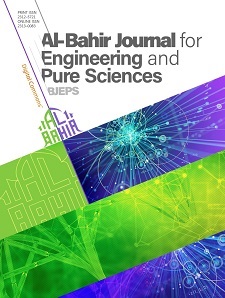Abstract
Background: Ipomoea cairica (L.) sweet Convolvulaceae also known as morning glory or ‘Railway creeper’ is a traditional herb that has been used in treating various diseases throughout the world. Some of the reported pharmacological activities include antioxidant, anti-inflammatory, and antiviral. Cadmium is a toxic metal that can cause both hearts and testicular damage and its major mechanism is oxidative stress. Objective: Therefore, this study was done to investigate the effect of I. cairica leaf extract (ICE) against cadmium chloride-induced hearts and testicular damage in Wistar rats. Materials and Methods: Twenty male Wistar rats were divided into 4 groups of 5 animals each. Group I: Control (administered distilled water), Group II (administered 35 mg/kg CdCl2 intraperitoneally), group III (orally administered 100 mg/kg ICE and CdCl2), group IV (orally administered 100 mg/kg, I. cairica and CdCl2). Animals were sacrificed via cervical dislocation 24 h after the last administration. The hearts and testes were collected and processed for biochemical assays. Biochemical assays evaluated were Malondialdehyde (MDA), reduced glutathione (GSH), catalase (CAT), superoxide dismutase (SOD), and Glutathione-S-transferase (GST). Results: Results showed that Cd exposure significantly increases the level of MDA, decreased the concentration of GSH (non-enzymatic antioxidant), and decreased the activity of CAT, SOD, and GST (enzymatic antioxidants). Treatment with ICE prevented the alteration of redox status by CdCl2, as observed in the significant decrease in MDA concentration, and increase in GSH concentration when compared with the animals in the untreated groups. In addition, treatment with I. cairica also caused a significant increase in the activity of CAT, SOD, and GST as compared to the untreated group (P < 0.05). Conclusions: In conclusion, I. cairica extract was protective against cadmium-induced oxidative damage in rat hearts and testes. This activity can be linked to the presence of antioxidant phytochemicals present in the plant.
